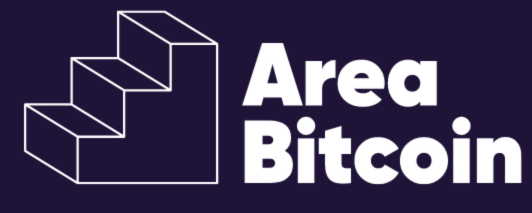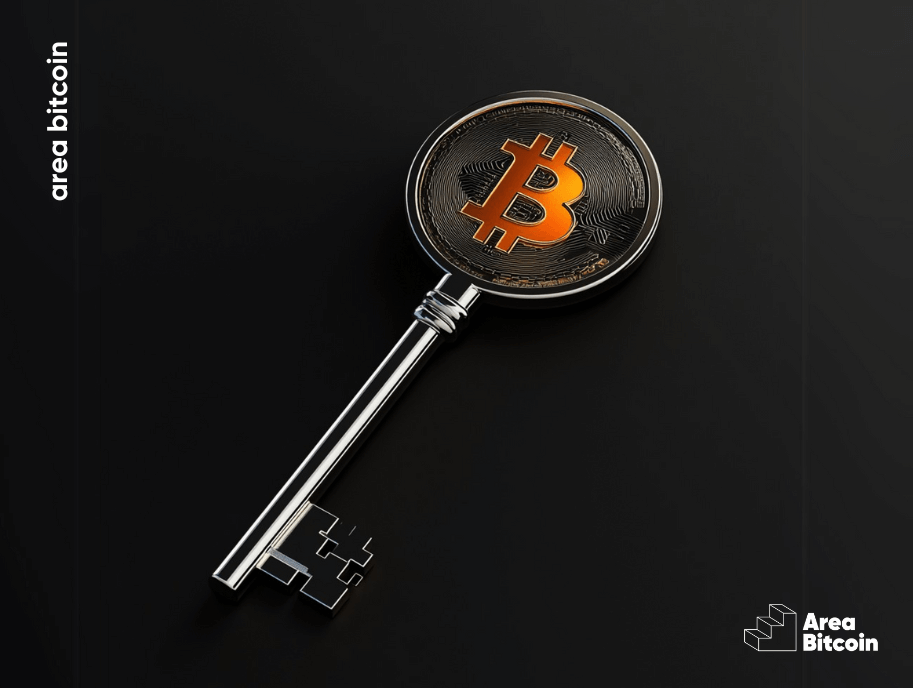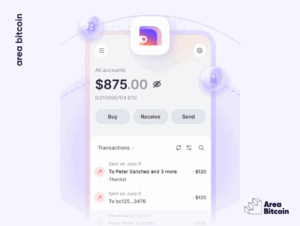Do you know what Proof of Keys is?
When Bitcoin emerged, it introduced itself as a truly decentralized financial system—resistant to censorship and designed to return control of money to the people.
However, in its early days, accessing Bitcoin was challenging. There were no established exchanges, user-friendly apps, or platforms to simplify the buying process. Everything was experimental, built for tech enthusiasts who believed in Bitcoin’s mission and purpose.
Over time, as the ecosystem grew, new tools and platforms made Bitcoin transactions more accessible.
Exchanges, brokers, and other intermediaries emerged, offering convenience in exchange for trust. But with this ease came a problem: many users began neglecting one of Bitcoin’s core principles—“don’t trust, verify”—and started blindly relying on these platforms to store their coins.
In Bitcoin’s early years, there were virtually no regulations for brokers, and knowledge about securely storing Bitcoin was not widely available.
This mix of inexperience and reliance on third-party custody led to disasters. Platforms vanished overnight, exchanges collapsed amid scandals and “hacks,” and thousands of bitcoins were lost forever. Many still regret trusting their bitcoins to intermediaries, only to discover they could never recover them.
From this hard lesson, the Proof of Keys movement was born—a call to action for all Bitcoiners to reclaim ownership of their coins and reaffirm the sovereignty that Bitcoin promises.
In this article, we’ll explore the origins of this movement, its significance, and how it aligns with Bitcoin’s core ethos: full ownership of your money without relying on intermediaries.
If you already own Bitcoin or are considering getting started, Proof of Keys serves as a powerful reminder: Are the keys yours or someone else’s? After all, true financial freedom begins when you take complete control of your wealth.
What is Proof of Keys?
Proof of Keys is an annual movement held every January 3rd, celebrated and promoted by Bitcoiners worldwide. The goal is to encourage people to withdraw their BTC from exchanges, centralized platforms, or custodial services—those that don’t provide access to a seed phrase.
This practice reinforces the well-known principle: “Not your keys, not your coins” — meaning that if the private keys are not yours, neither are the coins. This highlights the importance of self-custody.
The Proof of Keys movement was founded in 2019 by Bitcoiner Trace Mayer to promote monetary sovereignty and educate users about the risks of centralized services.
January 3rd was chosen to honor Bitcoin’s Genesis Block, which was mined on January 3, 2009.
The movement emerged in response to growing concerns about security and self-custody. At the time, many exchanges were going bankrupt or facing financial difficulties, leaving customers without access to their funds.
Why is Proof of Keys Important?
Proof of Keys is important because it’s more than just a symbolic movement — it is a way to practice Bitcoin’s core principles: financial sovereignty and decentralization.
Below are a few more reasons why this movement is so important:
1. Awareness
Many people begin their Bitcoin journey without fully understanding private keys, wallets, or the importance of self-custody. Proof of Keys serves as an educational opportunity, encouraging users to learn about Bitcoin ownership and take full responsibility for securely storing their BTC.
2. Reducing Risks
By withdrawing funds from exchanges and centralized platforms, users minimize the risk of:
- Hackers: Exchanges are prime targets for hackers. Storing Bitcoin in a private wallet significantly reduces this risk.
- Solvency Issues: The collapse of exchanges like Mt. Gox and FTX are examples of how trusting third parties can lead to massive losses.
- Excessive Regulation: Centralized platforms are subject to government regulations that could restrict users’ financial freedom.
3. Transparency Test
Withdrawing Bitcoin from an exchange effectively tests its liquidity, verifying whether it truly holds the BTC it claims to have.
By assessing exchange liquidity, the Proof of Keys movement helps expose questionable industry practices. If an exchange struggles to process withdrawals, it may signal insolvency or poor fund management.
4. Strengthening Bitcoin’s Core Principles
Bitcoin was designed to be an alternative to the traditional financial system, which depends on intermediaries. This way, by promoting self-custody, Proof of Keys reinforces Bitcoin’s key values:
- Decentralization
- Transparency
- Financial sovereignty
5. Protection Against Censorship
When you hold your own private keys (seeds), no one can restrict access to your Bitcoin. Conversely, funds stored on exchanges or centralized platforms can be frozen or confiscated due to legal actions or government regulations.
How to Participate in Proof of Keys?
There are no strict rules or requirements—anyone can take part by withdrawing their BTC from exchanges or centralized platforms into their own wallet.
To do this, you need to:
- Have a non-custodial wallet, meaning one where you control the private keys. If anything happens to your wallet, you can still recover your funds using the seed phrase.
- On January 3rd, withdraw your Bitcoin from exchanges and move it to your own self-custodial wallet. While this practice is traditionally done on this date, it is advisable to make this a habit to ensure long-term security.
How to Apply Proof of Keys in Your Daily Life?
As mentioned earlier, Proof of Keys is a symbolic event encouraging Bitcoin withdrawals from exchanges, but this practice shouldn’t be limited to just January 3rd.
To keep your Bitcoin safe year-round, consider the following:
- Invest in security: Use reliable wallets and follow best practices, such as opting for cold wallets (which are not connected to the Internet), setting up your wallet offline, and, if available, activating two-factor authentication. In addition, perform periodic backups and keep more than one backup of your wallet in different locations to ensure greater security.
- Understand private keys: It is essential to understand what private keys are, how they work, and why it is so important to keep them safe. Possession of private keys guarantees full control over your funds, so do not lose them!
- Be selective with exchanges: Choose your Bitcoin exchange carefully. Research its reputation, read user reviews, and check whether withdrawals are smooth or restrictive. Avoid platforms that list excessive altcoins (shitcoins), and most importantly, never leave your funds on a centralized platform for extended periods.
Summing up
As we’ve seen, Proof of Keys is more than just a community movement — it actively promotes and strengthens Bitcoin’s core principles:
- security,
- privacy,
- and financial sovereignty.
As Bitcoin adoption grows, new businesses emerge, and new risks arise for users. Movements like this help both beginners and experienced Bitcoiners stay informed and prioritize self-custody.
Here at Area Bitcoin, we always advocate for self-custody and emphasize the importance of taking control of your funds. Whenever possible, withdraw your bitcoins to your own wallet.
I hope this article has helped you better understand Proof of Keys and, most importantly, inspired you to participate on January 3rd!
Until the next article and OPT OUT!
Share on your social networks:

One of the leading Bitcoin educators in Brazil and the founder of Area Bitcoin, one of the largest Bitcoin schools in the world. She has participated in Bitcoin and Lightning developer seminars by Chaincode (NY) and is a regular speaker at Bitcoin conferences around the world, including Adopting Bitcoin, Satsconf, Bitcoin Atlantis, Surfin Bitcoin, and more.
Did you like this article? Consider buying us a cup of coffee so that we can keep writing new content! ☕







